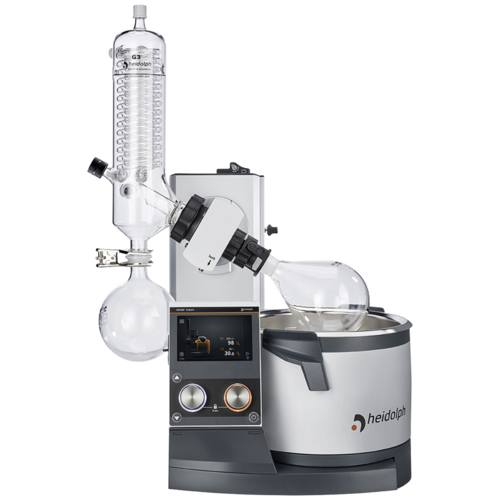Application Note
Bio-inks for 3D printing of tissue
February 2022

- Hei-VAP
- Biology
- Biotechnology
- Cell biology
- Cells
- Evaporation
- LifeScience
- Tissue engineering
Bio-inks are produced in order to create artificial living tissue using 3D printing techniques. Most of these inks consist of cells and biopolymer gels. They are considered to be one of the most advanced means of creating an implantable, biological tissue substitute.
In the manufacturing process, the inks must be separated from their solvent before they can be used in the 3D printer. This step is carried out using a rotary evaporator.
A South Korean manufacturer of organic inks* for cartilage tissue uses the predecessor of the Hei-VAP Expert with G3 glassware to isolate the inks from various solvents (methanol, methyl ethyl ketone).
Hei-VAP Expert G3
-
Precise temperature control protects sensitive cell material
-
Standard vertical glassware for most solvents
-
The sealed system allows you to work at low temperatures without sacrificing efficiency
Productos de segunda mano


